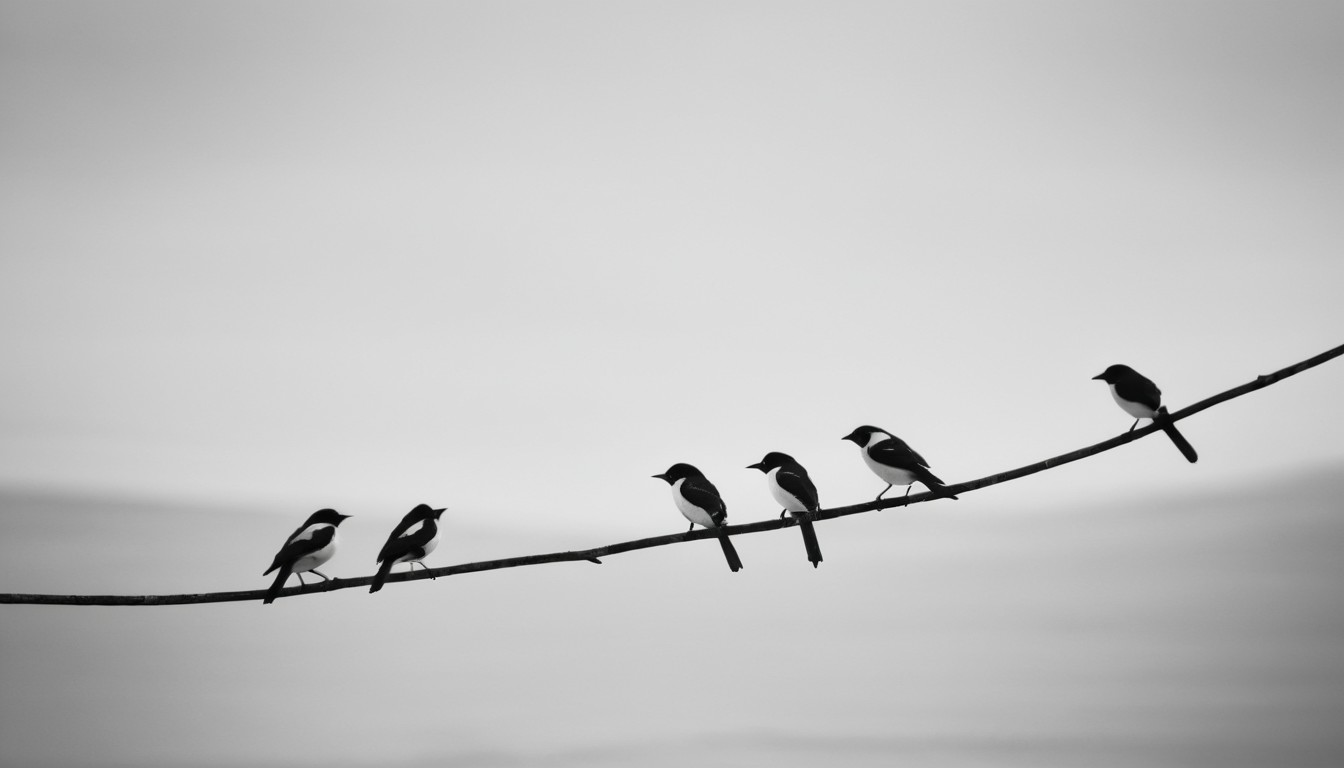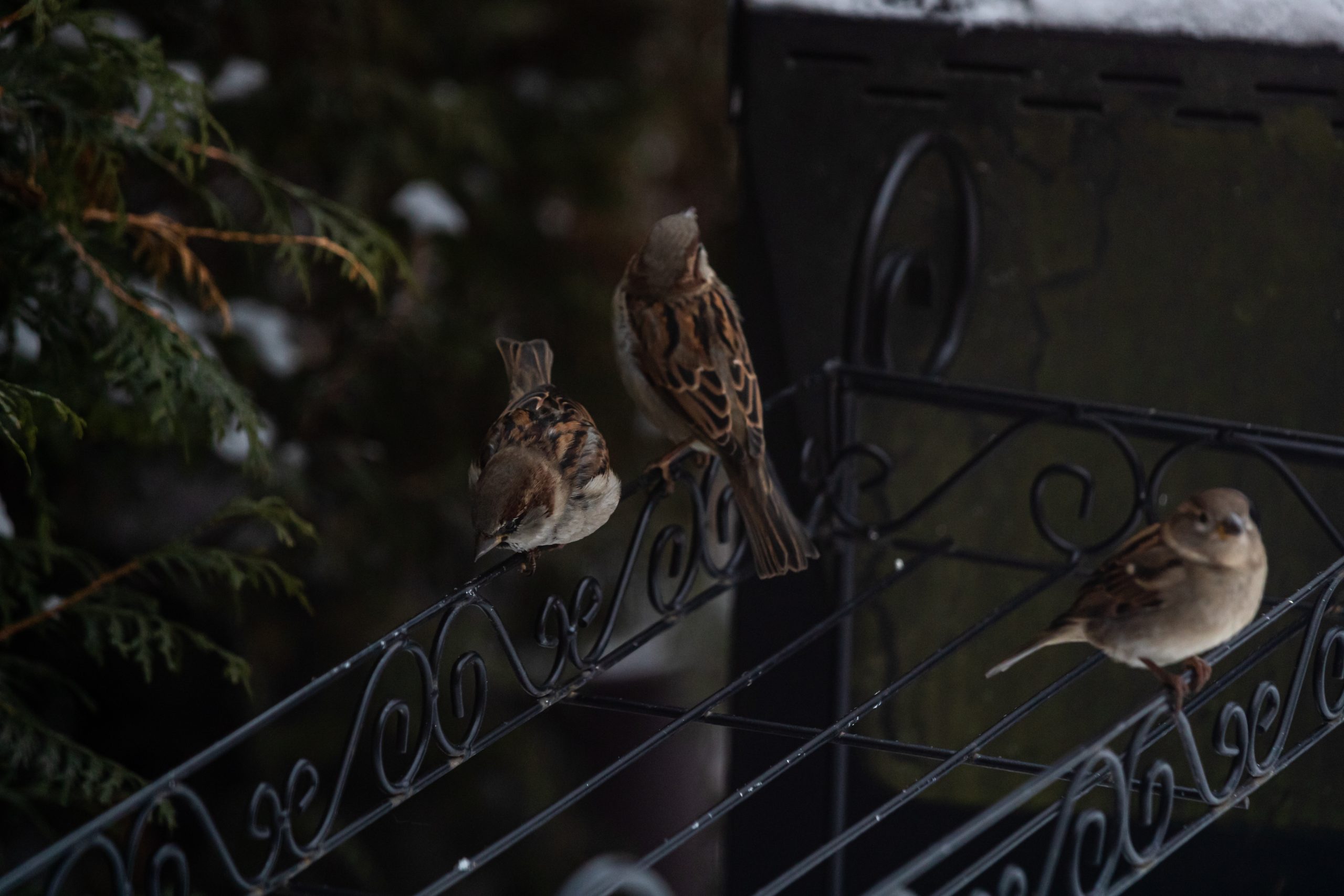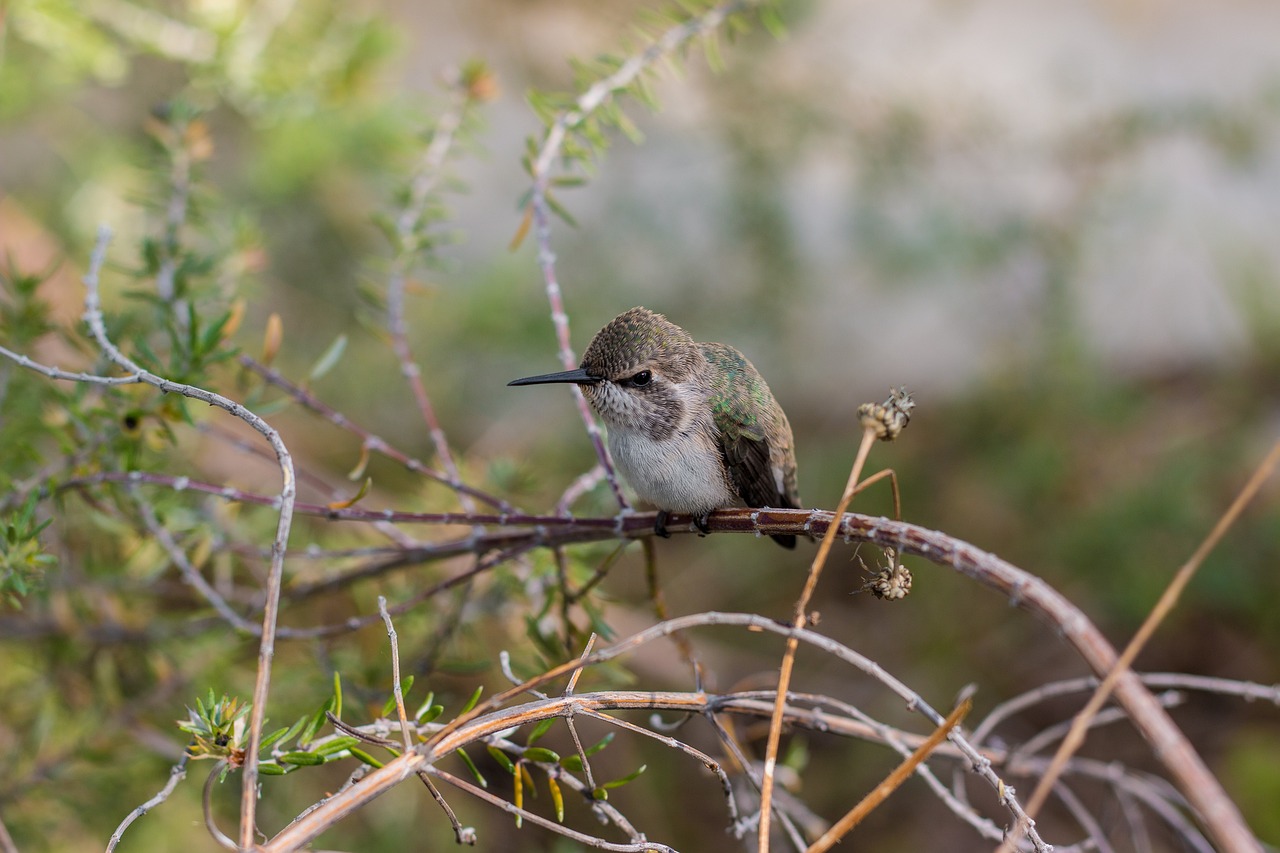Few plumage combinations draw more visual attention than crisp black feathers intersected by bold white stripes. This sharp color contrast creates an eye-catching flash useful for signaling messages to other birds in brief flight glimpses. If you spot a soaring dark bird sporting bright white bands or patches under its wings, what avianattention-grabber might it be?
Reasons for White Wing Markings
White wing patches allow quick recognition of birds in motion. Their contrast helps signal status, identity and behaviors to others of their own species. Possible messages white markings visually convey include:
- Territorial claims – Defending feeding grounds or display perch areas
- Rank and fitness – Dominant mature males often exhibit the most prominent patterns
- Mating availability – Courting potential partners with flashy cues
- Flock cohesion – Staying visually connected to each other during travel
- Predator warnings – Signaling kin to take cover from incoming threats
Understanding why white-lined wings evolved in certain species offers insight into their lifestyles.
Best Identification Clues
When seeking to identify unfamiliar black birds bearing bright white stripes, focus on key characteristics:
- Number of wing stripes shown
- Width and continuity of lines
- Overall size and profile
- Beak shape and facial markings
- Actions and mannerisms
- Geographic location
With those notes compared to field guide entries, mystery birds usually reveal identities quite clearly.
Prime Black and White Bird Suspects
Here are the top five black bird species sporting high-contrast white wing embellishments you might encounter:
Red-Winged Blackbird
Nothing epitomizes this look better than a territorial male red-winged blackbird, North America’s most abundant icterid. Crisp white shoulder bars set off his glossy namesake red epaulets spectacularly during acrobatic breeding displays above marsh grasses. Even female red-wings boast warm peachy-yellow wing lining.
Yellow-Headed Blackbird
Sharing the same wetland habitats across central and western states, male yellow-headed blackbirds similarly flaunt bright creamy white wing patches bordering their namesake vivid yellow napes that lend this gregarious species its moniker. Year-round coloration stays generally bold and consistent.
Common Grackle
Though best recognized for their sheening irridescent hues flickering amidst mixed flocks, male common grackles molt into a sharp solid black alternate plumage in winter months marked by glowing golden eyes and contrasting snowy bands along wingtips only apparent at close range during flight.
Golden-Winged Warbler
Aptly termed songbirds, diminutive male golden-winged warblers do dart about summer woodlands fanned with neatly defined squared white patches stacked on their otherwise olive-yellow primaries. Females and immatures substitute thinner pale yellow lines in place of bold contrast.
Magpie
Their notoriously brash behavior aside, elegantly adorned magpies cannot be misidentified once their almost uniformly ink-black framing comes into view, with thick curved white shoulder stripes creating a striking pattern when wings set in flight. Note long tails with wide black-and-white terminal banding as well.
Table: Comparison of Black & White-Winged Bird Species
| NameLocation of MarkingsContinuity of LinesOther SignsVoiceHabitatRed-winged BlackbirdCrisp white shoulder barsClean solid linesRed & yellow epaulets Long pointy billLoud buzzy zeep trillsMarshes, fieldsYellow-headed BlackbirdBroad upper wing patchSolid whiteNamesake yellow heads Conical billMetallic chonk songsWetlandsCommon GrackleThin white trailing wing edge lines (non-breeding male)Dotted dashesIridescence (rest of year) Yellow eyes Keel tailHarsh grating callsLawns, woodland edgesGolden-winged WarblerStacked white wing patchesSolid blocksBlue-gray back Yellow caps Black cheek/throat (male)Buzzing beechesYoung deciduous woodsMagpieThick white wing shoulder stripesClean continuous linesExtra long banded tail Harsh callsLoud shrill rattlingRural areas, woodlots |
|---|
Rare Variants
Beyond the prime species showcasing white wing accents, rarely viewed plumage aberrations may manifest the trait uncommonly among select other birds too like:
Crows – Leucistic genes occasionally express white markings Crossbills – Partial albino individuals display white feathers Starlings – Rare color morphs include white areas
So stay alert for an anomaly. But mathematical likelihood argues in favor of the five described contenders.
Conclusion
When a slim black-bodied bird flashes noticeable white wing markings overhead or mid-perch, suspect a red-wing blackbird broadcasting territorial ownership. Regional look-alikes include yellow-headed blackbirds claiming wetlands out west, in addition to inky-plumed Magpies prowling between woods and fields. And don’t discount a golden-winged warbler zipping fanned white patches through deciduous summer forests either! Learning these species helps correctly ID those attention-getting wing markers announcing presence.
White & Black Bird Questions
How many all black birds show white wings?
About 12 North American species exhibit this specific contrasting wing pattern, with 5 most widely prominent in various regions.
Why do black male red-wings have bright white wing bars?
Showy white lining against black signaling maximum male maturity likely evolved to better attract females and defend territories.
What nutrition creates red, white and black colors in birds?
Pigments from certain foods determine red and black feather shades. White results from an absence of melanin deposits in those areas.
Could odd white markings indicate hybrid birds?
Extremely doubtful. Different species cannot interbreed. Rare aberrant white feathers more likely reflect leucistic genetic conditions.
Do any birds change from white wings to black seasonally?
Male common grackles shift out of black alternate plumage back into lustrous feathering showing far less white after winter breeding season passes.



